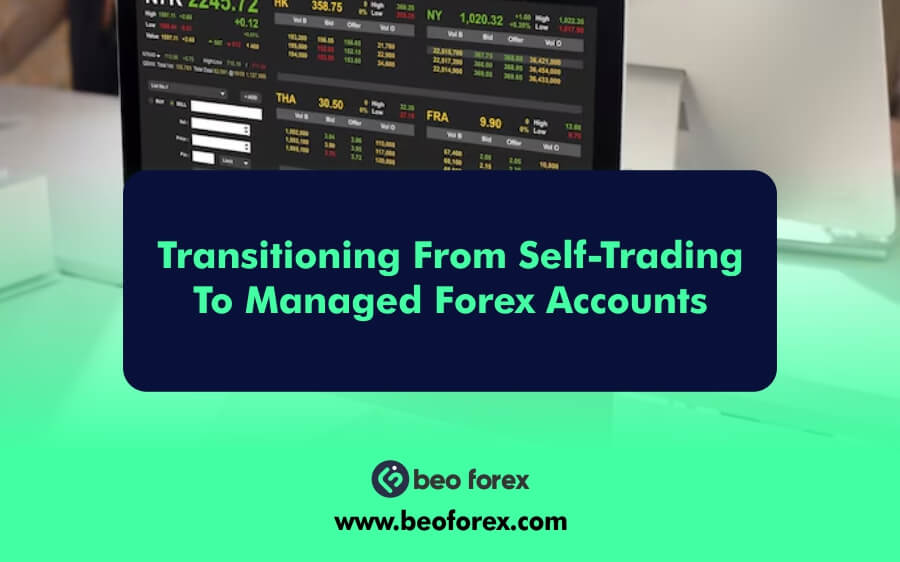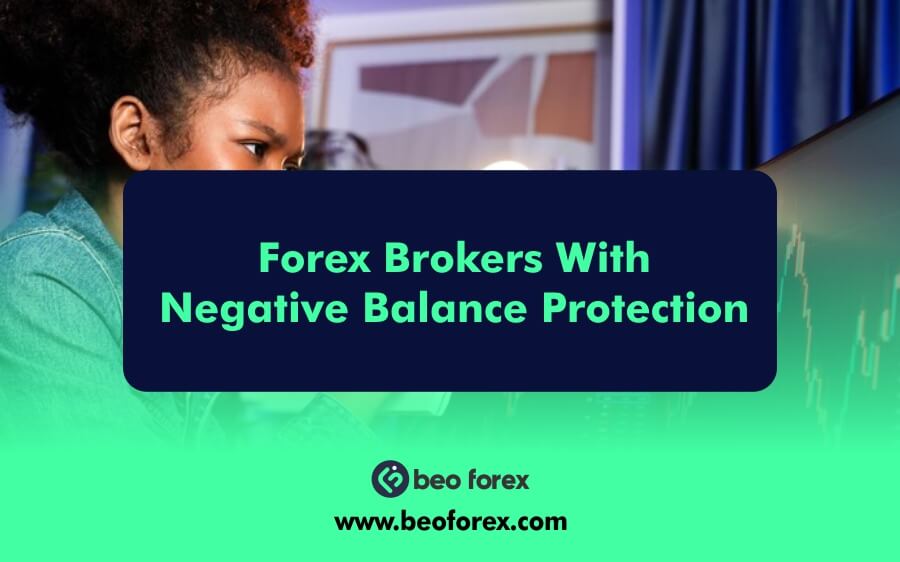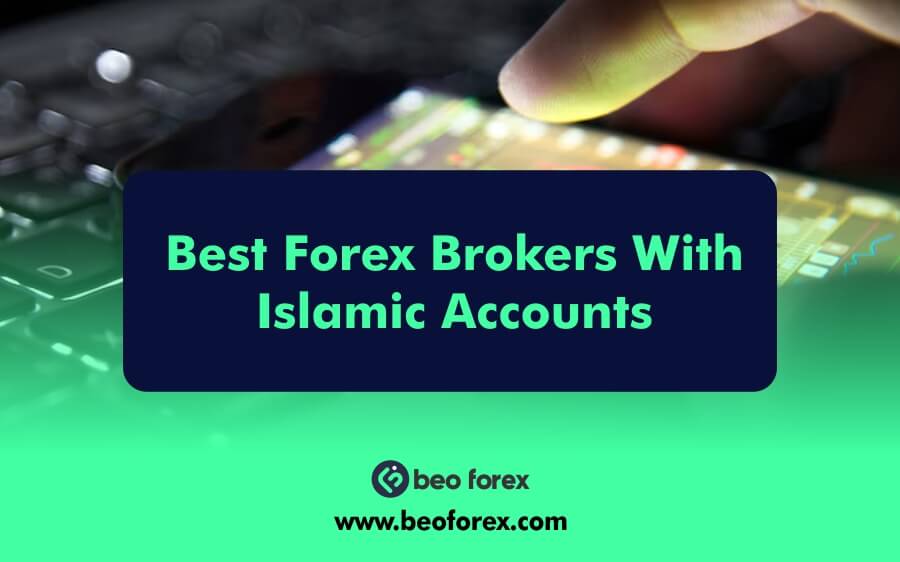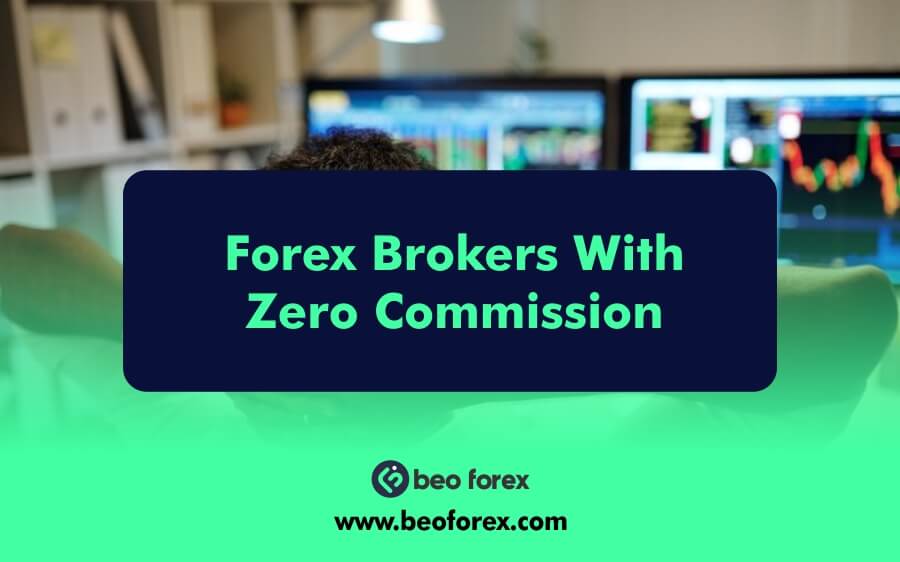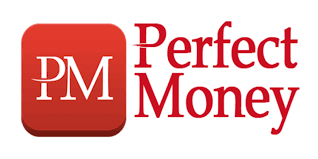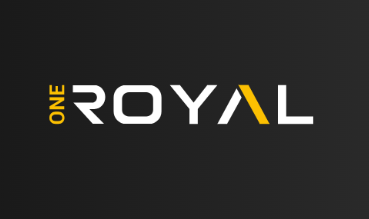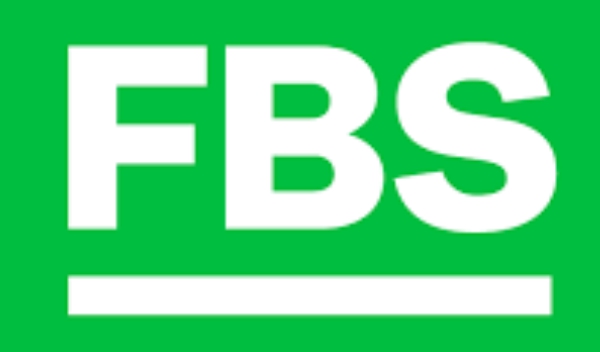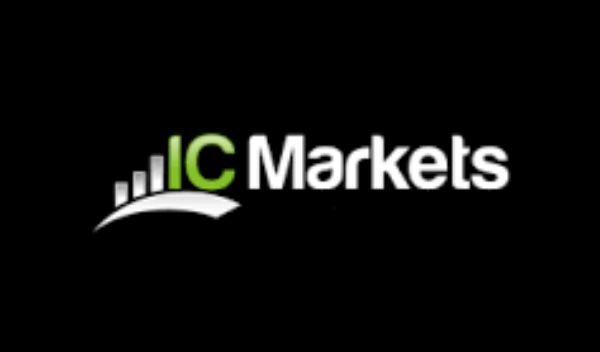Transitioning from self-trading to managed forex accounts can be challenging but can also provide numerous benefits, such as professional expertise, time savings, and effective risk management. It’s possible that, like many forex traders, you began by self-trading and learnt a lot in the process. But as things change in the market and in your own life, you may find yourself thinking about transitioning from self-trading to managed Forex accounts. Making this choice can be difficult, but there are a lot of advantages as well, such as specialist knowledge, time savings, and efficient risk management. This article will explain the process of transitioning from self-trading to managed forex accounts, along with helpful advice and actions to help you along the way.
Understanding the Need for Transitioning
It’s critical to understand the reasons behind any potential desire in transitioning from self-trading to managed forex accounts before beginning the transitioning procedure. Here are a few typical causes:
- Time Constraints: Trading forex demands regular market monitoring, analysis, and swift decision-making. If your personal or professional life demands more of your time, managing your own trades can become impractical.
- Market Complexity: There are many different factors that affect currency fluctuations in the forex market, making it a complex market. The amount of information you must keep up to date on technical analysis, geopolitical events, and economic indicators may seem overwhelming.
- Risk management: When trading forex, effective risk management is essential. If you find it challenging to implement robust risk strategies consistently, transitioning from self-trading to managed forex accounts can provide peace of mind.
- Need for diversity: Using a variety of methods and currency pairs, managed accounts frequently provide for diversity, which can reduce risk.
- Performance Improvement: Looking for managed accounts might be a calculated step to increase profits if you think that experienced traders can outperform your own trading techniques.
Transitioning from Self-trading to Managed Forex Accounts
1. Evaluate Your Present Trading Background and Objectives
Take some time to assess your present trading situation and define your investment objectives before making any modifications. Think about the following:
- Performance Evaluation: Analyze your prior trading performance. Determine your advantages and disadvantages, including your capacity for risk management and market adaptation.
- Investing Goals: Establish what your financial goals are. Which goals are you pursuing: capital preservation, quick profits, or long-term growth? Your decision about a managed forex account will be heavily influenced by your ambitions.
- Assessing your level of risk tolerance is important. Picking a manager whose approach suits your tastes will be made easier if you know how much risk you are willing to take.
2. Examine Managed Forex Accounts
After determining your objectives and risk tolerance, do some research on managed Forex accounts. This includes:
- Recognizing Account Types: Learn about the various kinds of managed accounts, including MAM (Multi-Account Manager), LAMM (Lot Allocation Management Module), and PAMM (Percentage Allocation Management Module). Everyone has special qualities and advantages.
- Assessing Managers: Seek out reliable account managers who have a track record of success. Examine their tactics, track record of success, and approaches to risk management. Online forums, reviews, and regulatory websites can offer valuable information about their reliability.
- Comparing Fees: Recognize the various charge schedules connected to various managed accounts. Account establishment fees, performance fees, and administration fees are examples of fees. Before moving on, make sure the charges are manageable for you.
3. Get Ready for the Shift
Transitioning from self-trading to a managed forex account requires a few setup steps:
- Establish a Budget: Choose the amount of money you wish to put into the managed forex account. This sum should be in line with your entire financial plan and investing strategy.
- Determine Your Preferences for Communication: Choose how frequently you would want to get updates from the account manager. Making educated judgments and comprehending performance depend on effective communication.
- Record Your Goals: Put your expectations for the managed account in writing, along with your chosen trading techniques, risk tolerance, and performance targets.
- To guarantee alignment, provide this information to the manager of your choice.
4. Click on the Managed Account.
It’s time to open your managed account after you’ve chosen a manager and made the necessary arrangements for the changeover. Usually, this procedure entails:
- Account Setup: To set up your managed account, adhere to the directions provided by the account manager. This could entail completing forms, proving your identification, and supplying required paperwork.
- Paying Down the Account: Move the funds you designated for the managed account. Make sure you are aware of the funding options the management accepts as well as any related costs.
- Examining the Agreement: Carefully go over the management agreement before completing your account. Be mindful of the terms and conditions, which include any particular restrictions, fees, and withdrawal guidelines.
5. Changing Your Perspective
Making the mental transitioning from self-trading to managed forex account is necessary:
- Trusting the Manager: It’s critical to have faith in the manager’s experience after entrusting them with your money. Recognize that they will use tactics based on your risk appetite and investing objectives.
- Avoiding Impulsive Decisions: Try not to act on your impulses or react hastily to changes in the market. Put your trust in the professional manager to handle the intricacies of trading.
- Keeping Up to Date: Even though you’re not personally managing the trades, it’s still a good idea to keep up with news and trends in the market. You can communicate more effectively and understand the manager’s judgments if you have this information.
6. Monitor and Evaluate Performance
After the transition, it’s necessary to evaluate the performance of your managed account regularly:
- Examine Performance Reports: Most account managers send out performance reports on a regular basis that outline the development of your account. Examine these reports to determine the account’s performance in comparison to your expectations.
- Plan Frequent Check-Ins: Have regular conversations on performance, market circumstances, and any changes to your investment plan with your account manager.
- Reassess Your Objectives: Review your risk tolerance and investment objectives on a regular basis. To guarantee alignment, let your manager know about any changes to your situation.
7. Remain Calm and Adaptable
When transitioning from self-trading to a managed forex account, it’s important to exercise patience because the forex market can be volatile:
- Anticipate Variability: Recognize that account performance will vary, particularly in the near term. Consider the long-term plan instead than responding to short-term adjustments.
- Be Open to Adjustments: If you find that your goals or risk tolerance has evolved, be open to altering your investment approach in consultation with your manager.
Summary
Transitioning from self-trading to managed forex accounts can be a big step in your trading career. There are a lot of benefits, like time savings, risk control, and professional knowledge. By carefully examining your present trading expertise, studying managed account choices, and maintaining clear contact with your chosen manager, you may handle this shift efficiently.
Remember that building a rapport of trust with your account manager and staying up to date on market developments are essential for a smooth transfer. With the appropriate strategy, you may pursue your investing objectives and take advantage of managed forex accounts while concentrating on other facets of your life.
Frequently Asked Questions
1. Why should I consider transitioning from self-trading to managed accounts?
- In addition to saving time and improving risk management, transitioning can give you access to professional experience and diversified investment strategies that are catered to your financial objectives.
2. How do I pick a forex managed account?
- Take into account elements including the manager’s performance history, trading tactics, cost structure, manner of communication, and compatibility with your investing objectives and risk appetite.
3. What types of managed FX accounts are available?
- Typical varieties consist of MAM (Multi-Account Manager), LAMM (Lot Allocation Management Module), and PAMM (Percentage Allocation Management Module). Every type has a unique allocation structure and procedure.
4. Are there any costs connected to managed forex accounts?
- A percentage of assets may be used for management fees, while a percentage of earnings may be used for performance fees. Before making an investment, it’s critical to comprehend the cost structure.
5. How much money is appropriate to put into a managed account?
- Your financial condition and overall investing strategy will determine how much you allocate. When choosing the amount, take your investing objectives and risk tolerance into account.
6. I have a managed account; can I still keep an eye on my investments?
- Yes, you may stay informed about your assets by communicating with your account manager and receiving regular performance updates from the majority of managed accounts.

